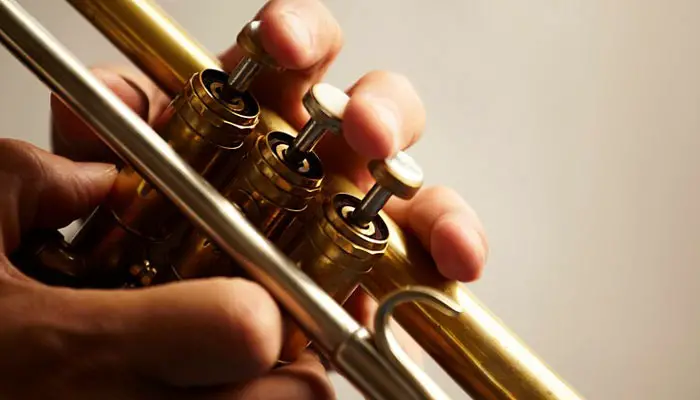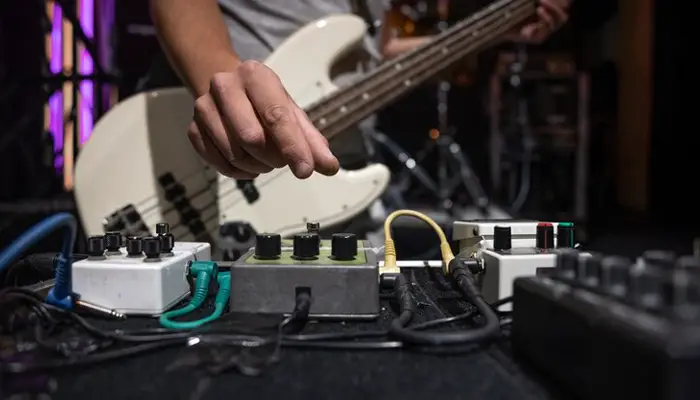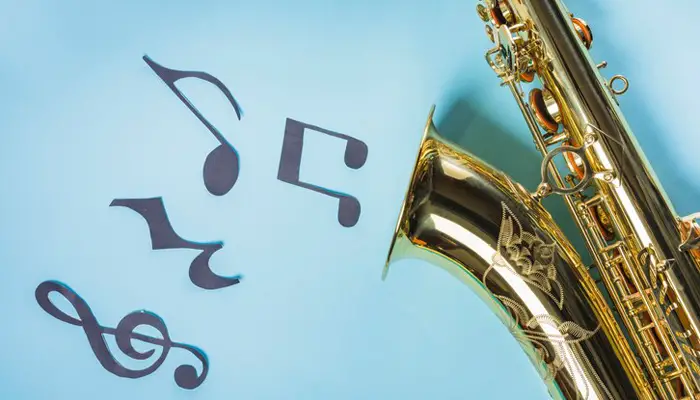
Have you ever found yourself intrigued by the inner workings of a trumpet, beyond its mesmerizing melodies?
Join us on an exhilarating journey through the vibrant world of trumpets, where we’ll unravel their historical significance, intricate construction, and musical prowess.
Plus, we will answer the question: How many valves does a trumpet have? Stay tuned to find out!
History of Trumpets
The history of the trumpet is a tapestry woven through the annals of time, tracing its roots back to ancient civilizations like Greece and Rome. Crafted from robust materials such as bronze or brass, these early trumpets served as indispensable instruments in military processions, ceremonial gatherings, and religious rituals. Each blast from these ancient horns echoed the spirit of its era, embodying cultural heritage and artistic expression in equal measure.
Derived from the Latin term “trompetta,” meaning “little trumpet,” the word “trumpet” transcends mere nomenclature, encapsulating centuries of musical tradition and technological advancement. From its humble origins to its contemporary incarnations, the trumpet stands as a testament to humanity’s enduring fascination with sonic innovation and creative expression.
Types of Trumpets
The world of trumpets is as diverse as it is enchanting, encompassing a myriad of models tailored to suit various musical contexts and performance styles. At the forefront of this symphony of brass, the B-flat trumpet reigns supreme, distinguished by its cylindrical bore and three valves. This ubiquitous instrument serves as the cornerstone of orchestral ensembles, concert bands, and jazz combos alike, its versatile sound resonating with audiences across genres and generations.
Beyond the ubiquitous B-flat, trumpets come in a kaleidoscope of shapes and sizes, each offering its own unique timbral palette and sonic character. From the bright, penetrating tones of the C trumpet to the mellower, more lyrical voice of the D trumpet, these diverse instruments cater to the nuanced preferences of discerning musicians and composers.
The advent of rotary valves represents a paradigm shift in trumpet design, offering enhanced articulation, dynamic range, and tonal flexibility. Embraced by virtuosos and instrument makers alike, these innovative mechanisms pave the way for a new era of sonic exploration and creative expression, pushing the boundaries of traditional trumpet performance to new heights.
Understanding Valves
At the heart of every trumpet lies a mechanical marvel: the valves. These ingenious devices serve as the linchpin of the instrument’s dynamic range and expressive potential, enabling musicians to navigate the intricate terrain of melody and harmony with precision and finesse. By manipulating the length of the instrument’s tubing, valves modulate the pitch of emitted notes, unlocking a symphony of sonic possibilities at the player’s fingertips.
From the traditional two-valve configuration to the avant-garde designs of modern instrument makers, the evolution of trumpet valves reflects a quest for perfection and innovation. Whether piston or rotary, monel or stainless steel, each valve embodies a legacy of craftsmanship and ingenuity, honed over centuries of experimentation and refinement.
Mastering the Trumpet
Embarking on the path to trumpet mastery is a journey of self-discovery and artistic fulfillment, requiring dedication, discipline, and a passion for musical exploration. From the first tentative notes to the soaring crescendos of virtuosic performance, each step along the way brings new challenges and rewards.
Central to this journey is the cultivation of technical proficiency and expressive nuance, honed through hours of diligent practice and focused study. By mastering the fundamentals of breath control, embouchure, and finger dexterity, aspiring trumpeters can unlock the full potential of their instrument, transforming simple melodies into transcendent works of art.
In addition to technical prowess, musicality and creativity play a vital role in trumpet performance, allowing players to infuse their interpretations with emotion, nuance, and personal style. Whether interpreting a classic concerto or improvising a soulful jazz solo, the trumpet offers endless opportunities for artistic expression and self-discovery.
Conclusion: How Many Valves Does a Trumpet Have
As we conclude our exploration of trumpets, we invite you to embrace the boundless possibilities that await within this enchanting realm of musical expression. From its ancient origins to contemporary innovations, the trumpet remains a beacon of creativity and inspiration, inviting enthusiasts of all ages to embark on a timeless voyage of sonic discovery and self-expression.
Whether you’re a seasoned virtuoso or an aspiring novice, the world of trumpets beckons with open arms, offering a symphony of experiences waiting to be explored and cherished for generations to come. So pick up your horn, take a deep breath, and let the music begin!
Meanwhile, you can also check out What Does a Clarinet Sound Like? 10 Unique and Interesting Clarinet Sounds.
Frequently Ask Questions
What trumpet has 4 valves?
The A trumpet has four valves.
Does a trumpet have valves or keys?
Trumpets have valves, which are used to change the length of the tubing and change the pitch of the notes that are played.
How many valves does a B-flat trumpet have?
The B-flat trumpet has three valves.
You can also check out 5 Best Mic for Trumpet (Tried And Tested) and Best Trumpet Player: Who to Follow in 2023.



